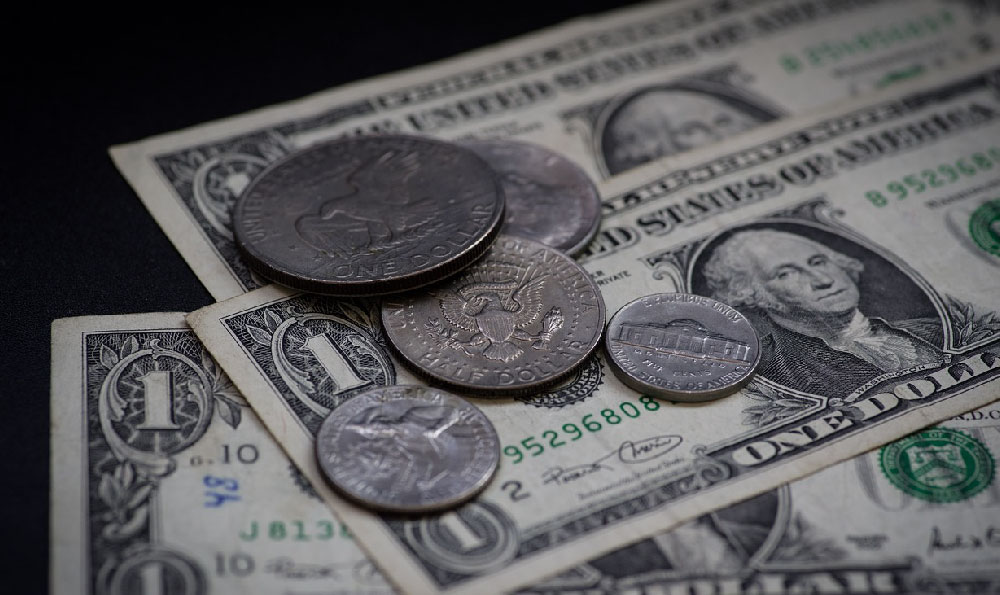The allure of the entertainment industry often obscures the financial realities faced by its participants, and stripping is no exception. While popular culture frequently portrays strippers as raking in extravagant sums, the truth is far more nuanced and varies dramatically depending on a multitude of factors. Understanding the actual income of a stripper requires a careful examination of the different earning models, geographic locations, individual skills, and the economic climate.
One of the most significant determinants of a stripper's income is the club's payment structure. Typically, clubs operate on one of three primary models: house fees, commission-based earnings, and a hybrid of the two. Clubs charging house fees require dancers to pay a fixed amount at the beginning of each shift, regardless of their earnings. This fee can range from a few dollars to hundreds, depending on the club's location, prestige, and business hours. The higher the house fee, the more pressure dancers face to earn enough to cover this expense before even making a profit. This system disadvantages dancers who have slow nights or who are new to the industry and haven't yet built a clientele. Commission-based earnings, on the other hand, allow dancers to keep a percentage of the money they earn from dances and other services. This percentage can fluctuate widely, often ranging from 20% to 70%, depending on the club's policies. A higher commission rate is naturally more favorable for dancers, as it allows them to retain a larger portion of their earnings. The hybrid model incorporates elements of both systems, often charging a lower house fee in conjunction with a commission on earnings. This approach can provide a balance between guaranteed revenue for the club and earning potential for the dancers.
Location plays a pivotal role in determining a stripper's earning potential. Clubs in affluent metropolitan areas, tourist destinations, or cities with thriving nightlife scenes tend to generate higher revenue, allowing dancers to command higher prices for their services. Conversely, clubs in smaller towns or economically depressed areas may struggle to attract customers, resulting in lower earnings for the dancers. Furthermore, the local cost of living can significantly impact the real value of a stripper's income. While a dancer in a high-cost-of-living city might earn more in absolute terms, their expenses for housing, transportation, and other necessities will also be considerably higher, potentially negating some of the income advantage.

Individual skills and attributes also influence a stripper's earning potential. Dancers with strong stage presence, engaging personalities, and the ability to connect with customers are generally more successful. Physical attractiveness is undeniably a factor, but it is not the sole determinant of success. Dancers who are skilled at conversation, attentive to customer needs, and able to create a memorable experience are more likely to attract repeat business and earn higher tips. Furthermore, dancers who invest in their appearance, such as through professional hair and makeup, stylish outfits, and physical fitness, can command higher prices for their services. Marketing savvy also plays a crucial role. Dancers who utilize social media platforms to promote their services, build a following, and network with potential clients can significantly increase their earning potential.
The economic climate can also exert a considerable influence on a stripper's income. During periods of economic prosperity, discretionary spending tends to increase, leading to higher patronage at clubs and greater earning potential for dancers. Conversely, during economic downturns, entertainment spending is often one of the first areas to be cut back, resulting in lower earnings for dancers. Seasonal factors can also affect income. For instance, clubs may experience increased business during holidays, special events, or tourist seasons, providing dancers with opportunities to earn more.
Beyond the earnings from dances, strippers may also generate income through other means. Private dances, VIP rooms, and bottle service can offer lucrative opportunities for dancers to earn additional income. Some dancers also engage in online content creation, selling photos, videos, or webcam services to supplement their income. However, it's important to consider the potential risks and ethical implications associated with these activities.
It's also crucial to acknowledge the expenses that strippers typically incur. These expenses can include house fees, commissions paid to the club, tips for other staff members (such as DJs and bartenders), transportation costs, wardrobe expenses, hair and makeup costs, and potentially even security expenses. These expenses can significantly reduce a stripper's net income, highlighting the importance of careful budgeting and financial management.
While some strippers may indeed earn substantial incomes, it's essential to avoid generalizations and recognize the wide range of financial experiences within the industry. Averages can be misleading, as they don't reflect the individual circumstances and variations in earning potential. Some dancers may struggle to make ends meet, while others may achieve financial success through a combination of hard work, skill, and strategic planning. It's a labor-intensive job, often demanding late hours and requiring careful navigation of a unique social environment. Furthermore, the long-term financial security of a stripper is often dependent on their ability to save and invest their earnings wisely, as the physically demanding nature of the work often limits the duration of a career in the industry. Therefore, proper financial planning and diversification are critical for strippers aiming to achieve long-term financial stability and independence. Understanding these complexities provides a more realistic and nuanced understanding of the financial realities faced by individuals working as strippers.











